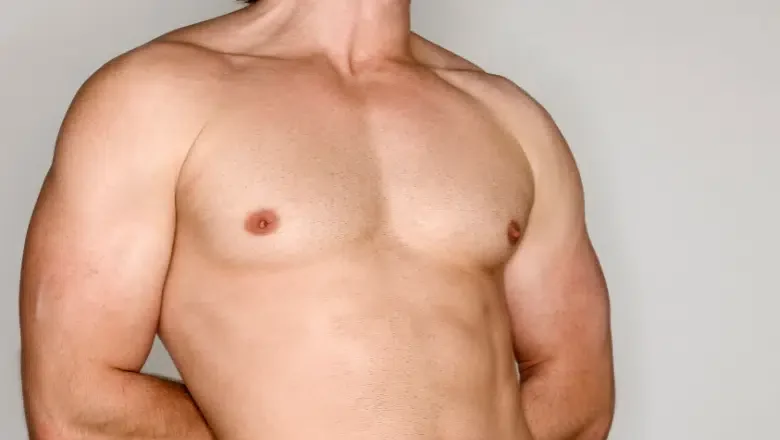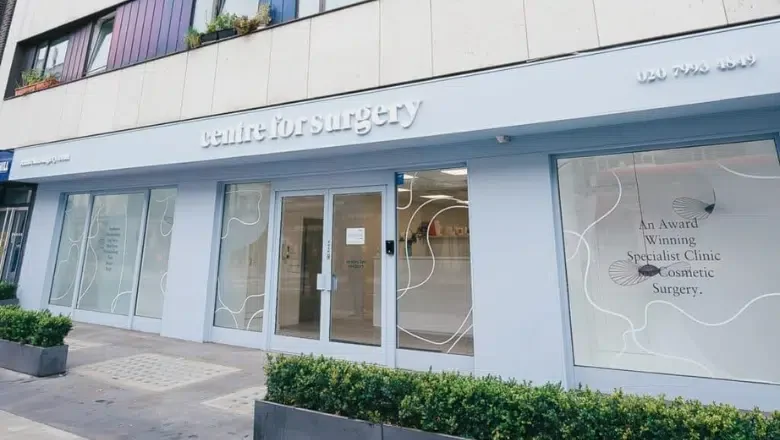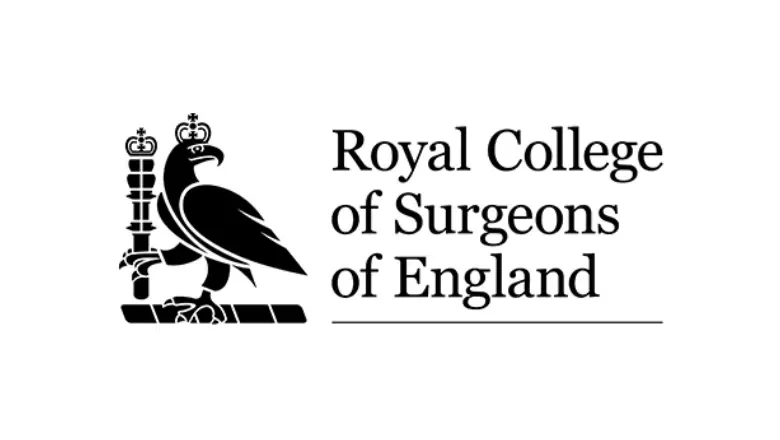Most men don’t talk about it, but gynecomastia—a condition that causes the chest to develop excess glandular tissue—affects many more people than you’d think. Whether it’s during teenage years, after weight gain, or later in life due to hormonal changes, the feeling of having gynecomastia goes beyond just what you see in the mirror. It’s not just about how it looks. It’s about how it feels.
This article breaks down exactly what gynecomastia feels like in the chest itself, what causes it, and what you can do to treat it.
What Is Gynecomastia, Really?
Gynecomastia happens when there’s an imbalance between oestrogen and testosterone levels in the body. This leads to the development of breast gland tissue in men. It’s not the same as carrying a bit of extra fat around the chest. That’s called pseudogynecomastia, and it’s purely fat-related. True gynecomastia involves actual breast gland growth beneath the nipple area.
It often shows up during puberty, but it can also occur later in life, especially in older men or those taking certain medications. Sometimes there’s no clear reason.
RELATED: 4 Reasons Why Men Choose Gynecomastia Surgery
So, What Does Gynecomastia Feel Like?
The feeling of gynecomastia can vary from person to person. Some men hardly notice it physically, while others find it deeply uncomfortable.
Many men first feel a small, rubbery lump right under the nipple. It may feel firm to the touch, and it’s usually symmetrical—on both sides of the chest. That’s one of the signs that it’s gland tissue, not just fat.
In the early stages, gynecomastia can also feel sore or tender. You might notice a dull ache or slight burning sensation around the nipple area. That discomfort might increase if you press on it or when you’re working out.
As it progresses, the chest starts to look fuller. The tissue becomes more noticeable and may hang slightly, creating a breast-like appearance. At this stage, you might feel a sense of heaviness in the chest or skin irritation if it rubs against clothing.
Even if it’s not painful, many men report being constantly aware of it. They feel it when they move, lie on their stomach, or take off their shirt. That physical awareness can lead to mental discomfort too—self-consciousness, frustration, and sometimes anxiety.
The Difference Between Gynecomastia and Chest Fat
Gynecomastia feels different from fat. Chest fat is soft and spreads evenly across the chest. Glandular tissue, on the other hand, is firmer and sits directly behind the nipple. It’s more compact and doesn’t shift around.
If you try to pinch the area and feel a round, rubbery mass behind the nipple that doesn’t compress like fat, that’s likely glandular tissue.
Men who’ve lost a lot of weight often still feel like they have “man boobs” because the gland hasn’t gone away—only the fat has. That’s when gynecomastia becomes more obvious.
What Triggers Gynecomastia?
Hormones are the main reason. An imbalance between testosterone (the male hormone) and oestrogen (which men also produce in smaller amounts) can lead to breast tissue growth.
There are a few specific causes:
-
Puberty, when hormones are shifting
-
Ageing, significantly when testosterone drops
-
Certain medications (like anti-androgens or anabolic steroids)
-
Recreational drugs, including cannabis and alcohol
-
Health conditions such as liver disease, kidney failure, or tumours
In some cases, there’s no clear medical cause—it’s just how the body responds hormonally.
Living with Gynecomastia: Physical and Mental Toll
Physically, it can be uncomfortable. Not just the soreness or sensitivity, but the awkwardness of movement. Activities like running, jumping, or lifting weights might make you feel overly aware of your chest. You might start avoiding certain exercises.
It can take a toll on the mental health of men. Many become self-conscious, especially in situations that involve removing their shirt—on the beach, in the gym changing room, even during intimate moments.
Some wear compression shirts or oversized clothing to hide the shape. Others avoid social situations altogether. It’s not just a cosmetic issue. For many, it’s a quality of life issue.
Is There a Way to Get Rid of It?
Yes. If your gynecomastia is caused by a medication or underlying health issue, sometimes it goes away once that’s addressed. But in most persistent cases, especially when it’s been there for over a year, the gland tissue doesn’t go away on its own.
RELATED: How To Get Rid Of Gynecomastia
No amount of diet or exercise will get rid of true glandular tissue. That’s where treatment comes in.
Surgical Treatment: The Most Effective Solution
The most reliable way to remove gynecomastia is surgery. At Centre for Surgery, we offer male chest reduction surgery tailored to the type and severity of the condition.
The procedure usually involves gland removal, liposuction, or a combination of both. Gland excision targets the firm tissue under the nipple, while liposuction removes any excess fat around the chest.
It’s performed under local anaesthesia with sedation or general anaesthetic, depending on the case. Most patients go home the same day and return to light activities within a few days.
Skin Tightening: What About Loose Skin After Surgery?
In some cases, especially after significant weight loss or in older patients, removing the gland can leave behind loose skin. That’s where advanced techniques like argo plasma skin tightening come in.
Argo plasma skin tightening is a minimally invasive technique that uses ionised gas to stimulate collagen production and contract the skin from within. It’s often used alongside liposuction to enhance results.
The probe is inserted under the skin, and energy is delivered in a controlled way. This causes the skin to tighten over time and helps avoid sagging.
It’s a powerful option that adds finesse to the overall chest contour, especially for those who want a firm, athletic result without the risk of large scars.
What About Recovery and Results?
After surgery, most men experience mild swelling and bruising, which settle within a couple of weeks. A compression garment is worn to help the healing process and maintain the new shape of the chest.
RELATED: Recovery after Gynecomastia Surgery – Top Tips & Timeline
Results are usually visible within a month, but final results can take up to six months as the swelling fully resolves and the skin adjusts.
The good news? Once the gland is removed, it won’t grow back—unless there’s a major hormonal shift. Maintaining a healthy lifestyle post-surgery helps preserve the result.
When Should You See a Specialist?
If you’ve had a lump in your chest for more than a few months, feel discomfort, or are unhappy with how your chest looks, it’s worth speaking to a specialist. An experienced surgeon can determine whether it’s gynecomastia or fat and guide you toward the right treatment.
Don’t wait for it to go away on its own if it’s been there a long time. Early evaluation can save time, money, and frustration.
About Centre for Surgery
Centre for Surgery is a leading plastic surgery clinic based in London, known for our precision, safety, and high standards of patient care. We specialise in advanced body contouring procedures, including male chest reduction and argon plasma skin tightening.
RELATED: UK Gynecomastia Clinics
Our team of expert surgeons are highly experienced in treating gynecomastia at all stages—from mild to severe—and use the latest techniques to achieve natural-looking, masculine results with minimal downtime.
We understand that gynecomastia isn’t just a cosmetic concern—it affects your confidence and quality of life. That’s why every consultation is tailored, every treatment plan is customised, and every result is built around what works best for you.
If you’re ready to take control of how you feel in your own skin, we’re here to help.










